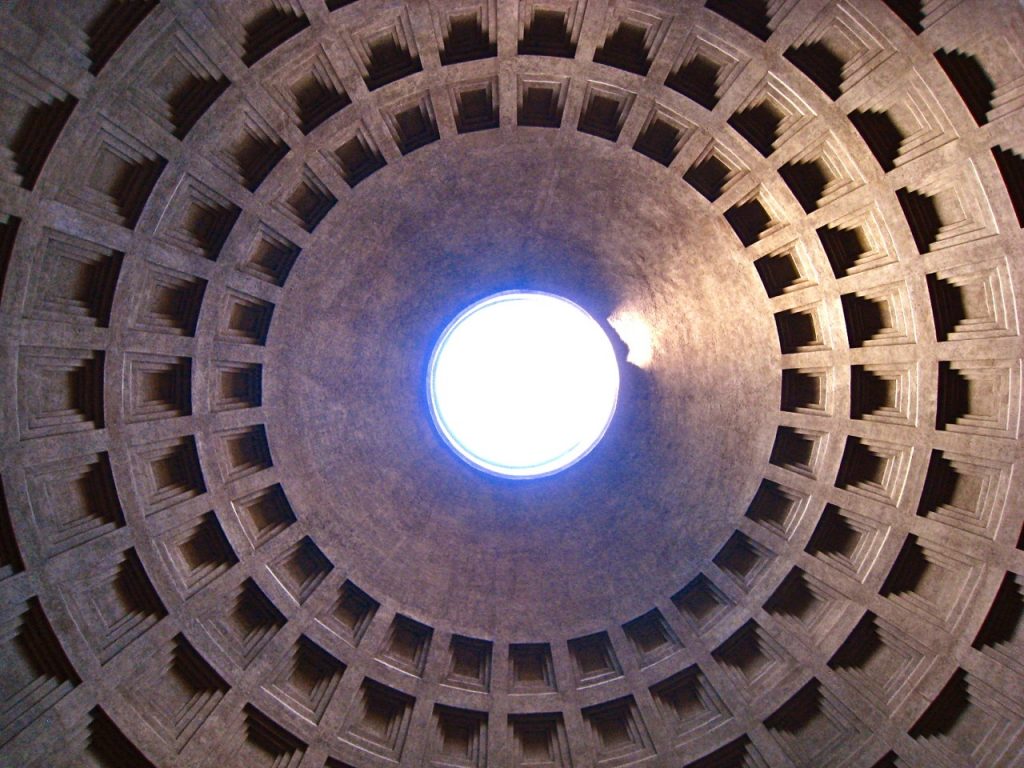Lynn and I are visiting a friend in Rome, a seriously weird place.
A couple of days ago we went to see the graves of Keats and Shelley at the Non-Catholic Cemetery. Sitting on a bench a few feet from Keats (and only a hundred meters or so from the strange Pyramid of Cestius) . . .
. . . and it wasn’t long into my meditation on what that great Romantic had chosen for his epitaph, “Here lies One Whose Name was writ in Water,” that the sprinkler system made water all over and sent us on our way to Shelley’s resting place (everything but his heart, that is).
Percy Blysshe’s grave offered no similar wink from Morta, but the inscription from Shakespeare (“Nothing of him that doth fade, / But doth suffer a sea-change / Into something rich and strange”) was a nice counterpoint to the self-effacement of Keats. How wonderful to live in their legacies and struggling in such deep shadows of poetry as those they cast, I thought. Whitman’s great phrase now comes to mind, “I pass death with the dying,” and it seems that Rome’s character could almost be described by those words.
As far as sightseeing goes, the visit to these two great poets’ graves is tied with being the last out the door at the Pantheon (Thanks, Evan!) as the highlight of my visit to Rome (seeing the Forum, the Colosseum, and the Caravaggios at the Galleria Borghese aren’t far behind). Aside from all the incredible sites, what has really interested me about being in Rome is how oppressive the place feels. Although I have been able to write a poem in the past few days, I could never live here.
The city seems so heavy and inward, like a body too tired to sleep. Or maybe I’m just jealous of its weight, left deflated by the realization of my own life’s ephemerality and the smallness of my work with words. (Perhaps it was a similar sense of self that moved Keats to write his famous epitaph). Maybe this is what it is to be an American, post-Romanic artist who didn’t pay attention in history class: even if I admire ancient stuff, I can’t really cope with it (besides poetry, of course, which–as we all know–is categorically timeless). I can dig the beauty of a throne, but to sit in one only makes me laugh, and whenever I step inside the Colosseum my first reaction is to wonder if Russell Crowe and Jennifer Anniston ever dated, or if she only dated Gerard Butler and did he ever play a gladiator. I lack such a stable ethos.
I wonder what type of artist or art (Roman?) it takes to transcend-while-embracing the dark majesty of the city’s columns and cobblestone. Can you only capture a place as monumental as a great Italian city by imagining the past as a dream, like Fellini? Or like Pasolini or Bertolucci, do you have to really fall in love with other places to restore perspective for your own? What was the conversation that Keats and Shelley had with whomever or themselves that sealed the deal and set them on their way to spend forever in this strangely permanent place?








